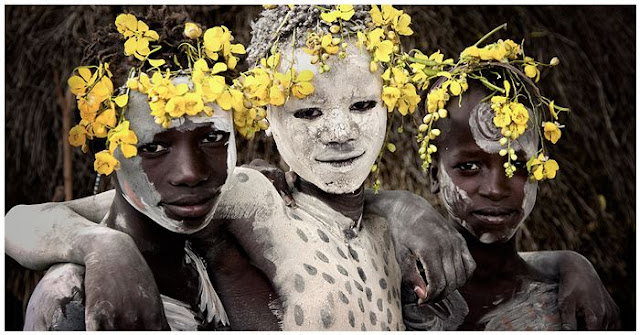
Ciągle na wysokich obrotach, w cyfrowym świecie,
gdzie wszędzie jest dostęp do internetu, smartfonów, komputerów i różnych rodzajów transportu, trudno sobie wyobrazić ludzi, którzy są "odcięci" od świata. To fascynujące, że istnieją plemiona które nigdy nie miały styczności z cywilizacją.
Niestety, w najbliższej przyszłości grozi im wymarcie.
In a high-speed, digital world where all you know is the Internet, smartphones, computers and various modes of transportation, it's hard to imagine human beings who aren't exposed to this kind of digitized lifestyle. Fascinating enough, there are still true, real-life tribes who live, feed, and work off the land.
Unfortunately, in the nearest future extinction threatens them.
KALAM - mieszkają w Papui-Nowej Gwinei. Kobiety zajmują się rolnictwem, podczas gdy mężczyźni są myśliwymi. Przerażające maski, peruki i piercing ciała mają odstraszyć wroga.
KALAM - In Papua New Guinea, the indigenous population that can be found there is the most heterogeneous in the world. The women are the farmers while the men are the hunters. The terrifying masks, wigs, and body piercings are meant to impress the enemy.

KARO - Mieszkają w Dolinie Omo w Afryce. Istnieje około 1000 do 3000 członków plemienia Karo. To plemię jest dobrze znane ze swoich fascynujących domów.
KARO - The Omo Valley in Africa's Great Rift valley is home to this tribe. There are around 1,000 to 3,000 Karo tribe members. This tribe is well-known for their fascinating houses.

MAORYSI - Ze względu izolację, plemię Maorysów stworzyło własne społeczeństwo, język i niepowtarzalną mitologię. Po tych wszystkich latach, wiele aspektów ich kultury zostały nietkniętych.
MAORI - Due to years of isolation, the Maori tribe have established their own society, language and unique mythology. After all these years, many aspects of their culture have been untouched.
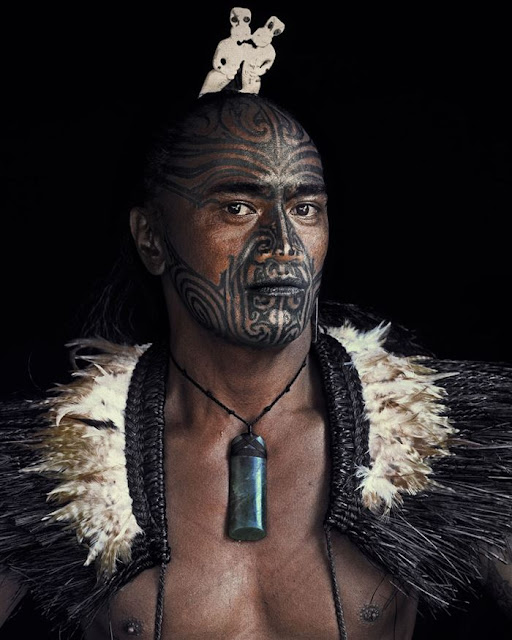
ASARO - plemię spotkało się z cywilizacją w połowie XX wieku. Według legendy, to plemię zostało zmuszone do ukrywania się przed wrogiem w rzece, gdzie czekali do zmroku. Kiedy ruszyli z błotnistych brzegów rzek, wróg zobaczył ich całych w błocie i wziął ich za duchy. Do dziś w plemieniu Asaro nadal obowiązują błotne maski, aby przerazić swoich wrogów.
ASARO - The Asaro mudmen met the Western world in the middle of the 20th century. According to legend, this tribe was forced to hide from an enemy in the river where they waited until dusk. When they arose from the muddy river banks, the enemy saw them covered in mud and believed them to be spirits. To this day the Asaro still apply mud and masks to terrify their enemies.
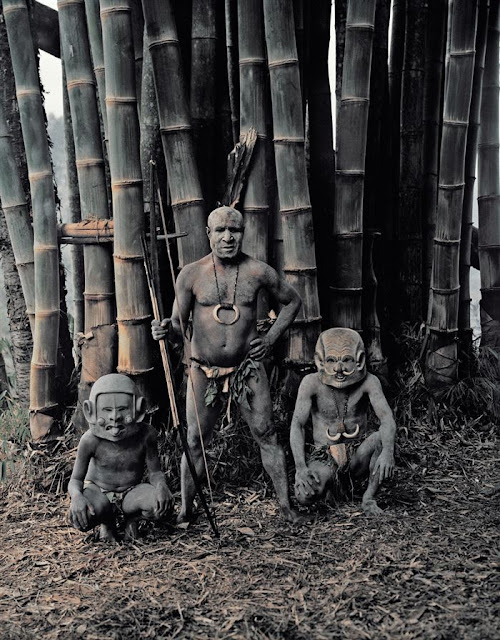
GAUCHOS - Słowo "Gaucho" wywodzi się z opisu używanego dla "wolnych duchów", którzy byli nierozerwalnie związani z ich nożem i koniem.
GAUCHOS - The word ‘Gaucho’ originates from the description used for "free spirits" who were inseparable from their knife and horse.
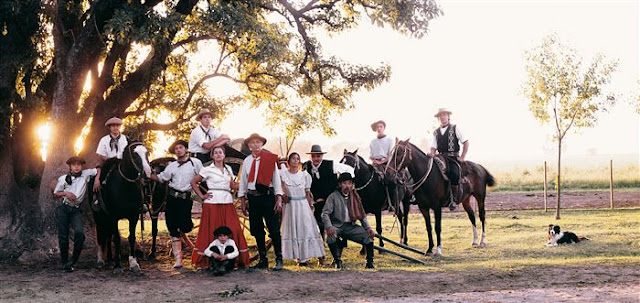
MASAJOWIE - plemię pochodzące z Sudanu. Młodzi mężczyźni i kobiety z tego plemienia sprzedają w miastach bydło, koraliki, a nawet telefony komórkowe.
MAASAI - Originating from the Sudan. Now, however, you'll find young men and women in the cities selling not just cattle, but beads and even cell phones.

HULI - Malują twarze na kolor żółty, czerwony i biały. Zdobią zrobione przez siebie peruki.
HULI - They paint their faces yellow, red and white and make ornamented wigs using their own hair.

GORUKA - Plemię Goruka przetrwało dzięki polowaniom, gromadzeniu i uprawie roślin. Makijaż i ozdoby, podobnie jak innych plemion, są wykorzystywane do zastraszania i zaimponowania wrogom.
GORUKA - The Goruka tribe survives through hunting, gathering and growing crops. The makeup and ornaments, like other tribes, are used to intimidate and impress the enemy.

CZUKOCI - Żyją na półwyspie Czukotce. Pochodzą z Syberii, choć nie zostały podbite przez wojska rosyjskie. Jednak ich środowisko i kultura przetrwały pewne formy zniszczenia tj. testy broni i zanieczyszczenia.
CHUKCHI - They live on the peninsula of Chukotka. They're a native group of Siberia, though they have not been conquered by Russian troops. However, their environment and culture endured certain forms of destruction under Soviet rule through things like weapons testing and pollution.
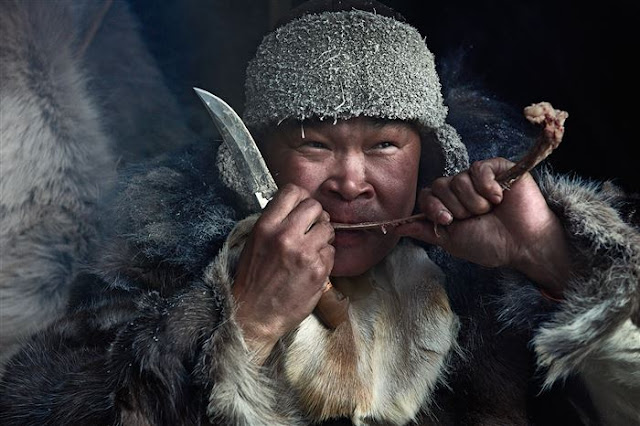
SAMBURU - żyją w północnej Kenii. Są bardzo niezależni i są egalitarni.
SAMBURU - living in Northern Kenya. They're very independent and they're egalitarian.
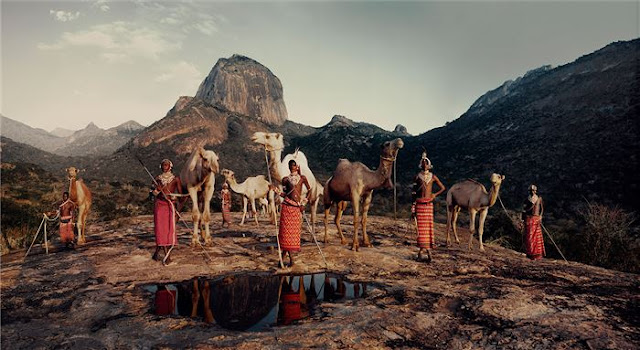
VANUATU - Vanuatu wierzą, że bogactwo może być zdobyte podczas tańców i ceremonii. Ich plemienny taniec nosi nazwę - Nasara. Ważnym wydarzeniem jest Festiwal Toka, jako symbol przymierza między różnymi plemionami.
VANUATU - The Vanuatu believe that wealth can be gained through dances and ceremonies. They have particular dancing grounds named Nasara. They also have an important event called the Toka Festival as a symbol of alliance between different tribes.

YALI - są klasyfikowani jako pigmejowie, 150 cm to średni wzrost mężczyzn. Żyją w Papui-Nowej Gwinei.
YALI - The Yali are actually officially classified as pygmies with the men standing at 150 cm tall. They live in the Baliem Valley region of Papua New Guinea.

KAZAKHOWIE - To plemię obejmuje potomków tureckich, mongolskich i plemion indo-irańskich. Prowadzą pół-koczowniczy tryb życia, występują w zachodniej Mongolii i są plemieniem wędrującym.
KAZAKH - This tribe includes the descendants of Turkic, Mongolic and Indo-Iranian tribes. They're semi-nomadic and roam Western Mongolia.
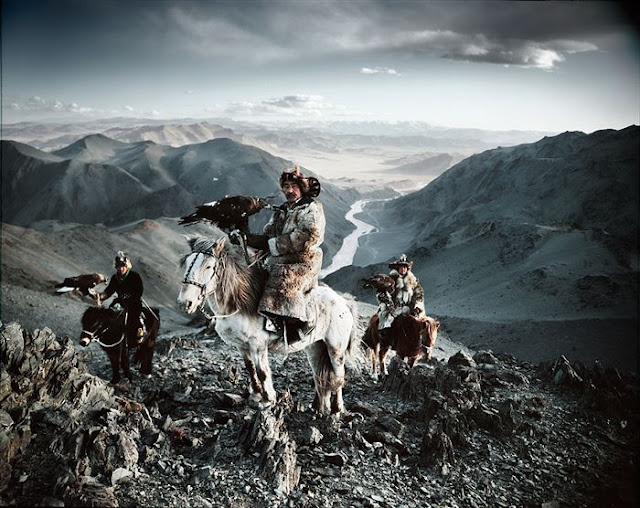
BANNA - słyną z rytualnego tańca i śpiewu. Ozdabiają się białą kredą zmieszaną z żółtymi skałami, czerwoną rudą żelaza i węglem drzewnym w ramach przygotowań do ceremonii. Największa uroczystości w życiu młodego człowieka nazywa się Dimi.
BANNA - The Banna use ritual dancing and singing. They even paint themselves in white chalk mixed with yellow rock, red iron ore and charcoal in preparation for the ceremony. The biggest ceremony in a young man's life is called Dimi, which is to celebrate his daughter for fertility and marriage.

DANI - to rolnicy. Biorąc pod uwagę, że musieli zawsze walczyć o swoje terytorium, są postrzegani jako najbardziej agresywni w Papui-Nowej Gwinei. Ciekawe jest to, że nie jedli swoich wrogów w przeciwieństwie do większości innych plemion w okolicy.
DANI - The Dani are farmers with an efficient irrigation system in Baliem Valley. Considering they had to always fight for their territory, the Dani tribe is seen as the most intimidating head-hunting tribe of Papua New Guinea. What's interesting is that they didn't eat their enemies unlike the majority of other tribes in the area.

Warto zobaczyć/See also: Marcin Sobas - fotograf. Marcin Sobas - photographer.
http://diply.com

Zapomnieliście o GUANCZACH - Białych i do tego nordyckich rasowo mieszkańcach Wysp Kanaryjskich od czasów Atlantydy, których do czasów obecnych zostało może z 70-ciu osobników. Oni to zapewne wiele ciekawych rzeczy mogliby nam opowiedzieć, gdyż temat w bratniej rasowo Polsce czy Europie jest bardzo mało znany.
OdpowiedzUsuń